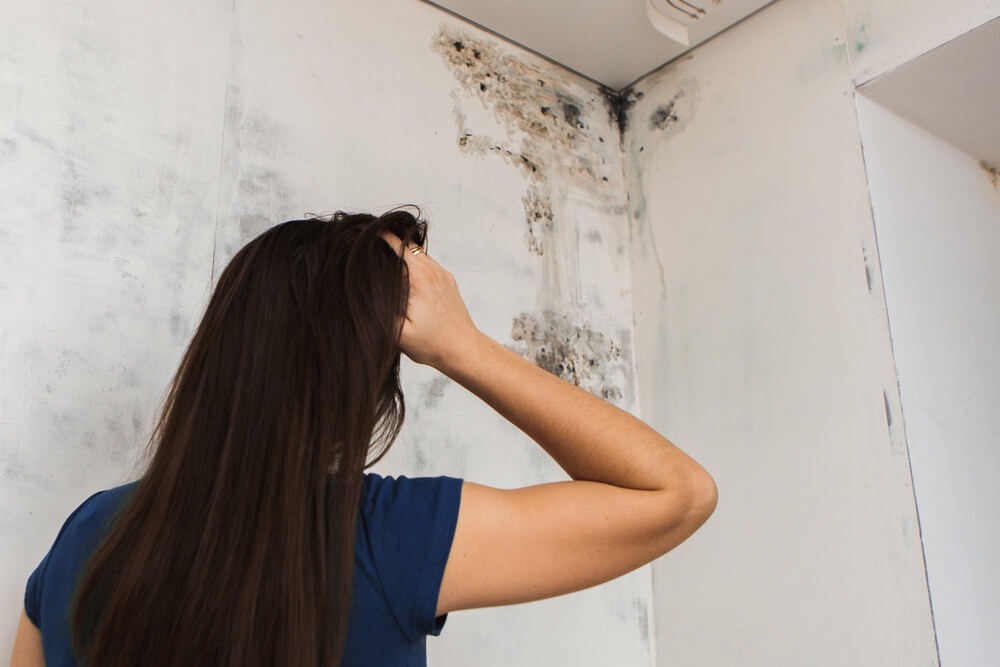
The annoying question often arises of the appearance of musty smells inside the home and the quick answer to this problem is almost always that the house is too damp.
Why do houses have that musty smell in winter?
For two main reasons!
- Because they are cold.
OR
- Because they are poorly heated.
PART I
In this text, we will only deal with the problem of COLD houses.
Even if they are well ventilated, cold houses have the problem of accumulating excess humidity, which is conducive to mold.
Excess humidity in cold homes is due to the fact that this humidity is heavy and cannot escape when the house is aired.
What is damp in the home? In these cases, we're talking about relative humidity, the value of which translates into a percentage per cubic meter of air inside the house. The hygrometer is the instrument that measures its value. A constant value above 70% is considered excessive.
What's the problem? Even if there are no leaks from the outside, a house where a family lives always has humidity in the air. Bathing, preparing meals, plants and normal life inside the house creates a lot of steam.
We can all see that steam becomes more visible when it's in a colder environment than in a warmer one. This explains why when we breathe in summer we don't see any steam being released, while in winter we do.
In winter, the vapor we release comes into contact with the cold environment and cools down. Immediately, each drop of vapor cools down and becomes larger, which can be seen with the naked eye. This increase has the consequence of increasing the weight of the steam. This is the key to understanding the phenomenon of musty-smelling houses.
A colder house contains heavier vapor. Even if you ventilate regularly, it's more difficult to move heavy vapor with air currents that can pass through the house than if the house were warmer. If it were warmer, the vapor it contains would be lighter and easier to expel with the air currents.
This explains why a house with a constant temperature of 17º is much more difficult to ventilate than a house with a constant temperature of 20º. Although the difference in temperature is not very great, the impact on the weight of the vapor is quite significant. In the case of a house at 17º, as the building is made of permeable materials such as plastered masonry or plasterboard, it is relatively easy for steam to penetrate the walls, which are generally even colder, causing condensation. In these cases, the appearance of mold is practically inevitable.